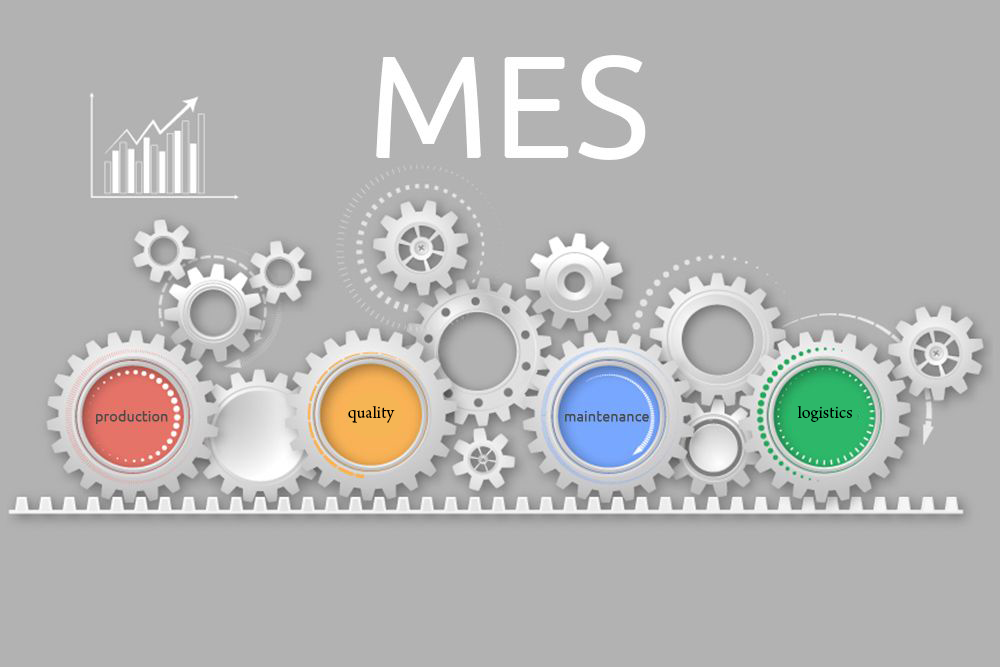
In its initial concept, MES focused primarily on production, considering quality control, maintenance, and logistics operations only insofar as they interacted with the production process. The work of ISA-95 gradually proposed a much more generic vision of MES/MOM, positioning it as the true conductor of the workshop or factory.
Necessary interaction
In almost every company, Production, Quality, Maintenance, and Logistics are reported to different managers, and often even to separate departments. Each department has strived to improve its efficiency through internal development or off-the-shelf software solutions: MES for production, LIMS for quality, CMMS for maintenance, and WMS for logistics.
Each of these solutions provides a relevant answer in its respective field, but wether they are present or not, simply combining them is not enough to solve two related problems:
The overall planning and optimization of operations across these different areas, as well as the allocation of the resources (staff, equipment, materials, and components) associated with them. While ERP systems often provide a "macro" approach to these issues, they do not offer the necessary real-time response that takes into account raw material delivery delays, production uncertainties, contingent staff unavailability, equipment breakdowns, etc.
The privileged role of the MES in a global vision
From the outset, resource allocation, detailed planning, and production order dispatching were identified as essential functions of a Manufacturing Execution System (MES). Therefore, why not extend these functions beyond production to cover all relevant areas?
The MES will then be able to plan quality control operations within a control plan, maintenance work orders aligned with the production plan, and transfer orders to a shop floor or factory warehouse.
Towards greater agility for industrial companies
Enabling real-time collaborative operation across production, quality, maintenance, and shop floor logistics using a unified software solution, this extended MES/MOM orchestration role facilitates communication between manufacturing-related departments.
It provides everyone with immediate information about any disruption or deviation in the planned execution of operations in another area and its anticipated impact, thus offering the opportunity for arbitration and overall manufacturing optimization. This is an excellent way to address the increasingly demanding agility requirements of industrial companies.


